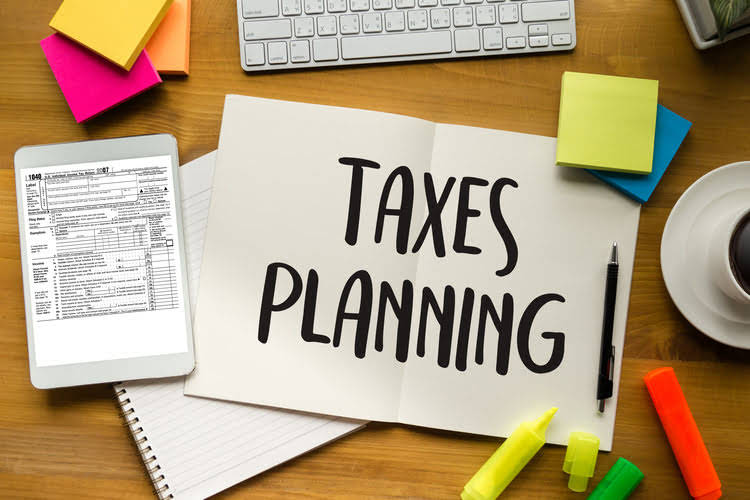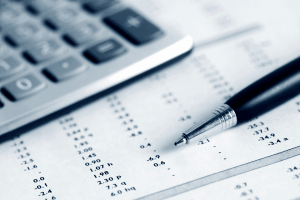
It is calculated by subtracting SG&A expenses (excluding amortization and depreciation) from gross profit. Starting from Year 0, the accounts payable balance doubles from $60 million to $120 million by the end of Year 5, as captured in the AP roll-forward schedule. Given a company’s historical days payables outstanding (DPO), or “AP Days”, the working capital metric serves as a practical benchmark by which a company’s management of payables can be analyzed. Once received and processed, the vendor issues an invoice to the company, requesting payment for the goods or services delivered. Additionally, internal controls and audits are required to ensure safety and security within your organization.

Income Tax Payable vs. Income Tax Expense
When it is due but not paid, it is shown in current liabilities as salaries payable, as shown in the above balance sheet. It has to be noted that the same balance is also reported as the expense and as current liabilities. Accounts https://www.bookstime.com/ payables turnover is a key metric used in calculating the liquidity of a company, as well as in analyzing and planning its cash cycle. This is the number of days it takes a company, on average, to pay off their AP balance.
Adjustments from Accrual to Cash on Statement of Cash Flows
Accounting CS, a professional accounting software for accountants, combines write-up, trial balance, payroll, financial statement analysis, and more. It’s designed for professional accountants who serve multiple clients, allowing flexibility to handle all types of industry and entity types. There is no doubt that small businesses, professionals, and accountants have more resources at their disposal than ever before to take charge of their finances. Automating the accounts payable process is a decision that offers critical financial insights and peace of mind. Over the years, accounting software has dramatically reduced the amount of time it takes to journalize and process accounting information.
- Lastly, if the receivables are paid back after the discount period, we record it as a regular collection of receivables.
- The formula to calculate the accounts payable turnover ratio is equal to the total supplier payments divided by the average accounts payable balance.
- These periodic statements are aggregated into total values for quarterly and annual results.
- Accounts payable does not affect the CFS until the account is settled.
- Please download CFI’s free income statement template to produce a year-over-year income statement with your own data.
- This includes manufacturers that buy supplies or inventory from suppliers that extend the terms for the payment.
- As a result, the company’s cash balance should have increased by more than the reported amount of net income.
Impact of Accounts Payable for the Business

This statement is a great place to begin a financial model, as it requires the least amount of information from the balance sheet and cash flow statement. Thus, in terms of information, the income statement is a predecessor to the other two core statements. The cause of the increase in accounts payable (and cash flows) is the increase in days payable outstanding, which increases from 110 days to 135 days under the same time span. If a company’s internal accounts payable process and collection policies are efficient, the outcome is an increase in free cash flow (FCF) and reduction in liquidity risk. Starting off, the accounts payable process initiates after a company’s purchasing department issues a purchase order (PO) to a supplier or vendor.

- The accounts payable department provides financial, administrative, and clerical support to an organization.
- It means every account payable transaction is also an accrued expense.
- Each responsibility of the accounts payable team helps to improve the payment process and ensure payments are only made on legitimate and accurate bills and invoices.
- Accounts payable are liabilities that represent the purchase of goods or services that a business has not yet paid for.
- Also called accrued liabilities, these expenses are realized on a company’s balance sheet and are usually current liabilities.
- This feature sets it in line with assets more than revenues or income.
Accounts receivables are money owed to the company from its customers. As a result, accounts receivable are assets since eventually, they will be converted to cash when the customer pays the company in exchange for the goods or services provided. The formula to calculate the accounts payable turnover ratio is equal to the total supplier payments divided by the average accounts payable balance. It’s typically listed under current liabilities, as they are payment obligations that are expected to be settled within one year. When a company receives a bill or invoice, an accountant records it as an accounts payable transaction. The expense account for the goods or services purchased is credited, and accounts payable is debited.
In most cases you want to compare a company with its past balance sheet information. After preparing the skeleton of an income statement as such, it can which accounts are found on an income statement then be integrated into a proper financial model to forecast future performance. Businesses often have other expenses that are unique to their industry.
Creating Financial Statements: A Summary
